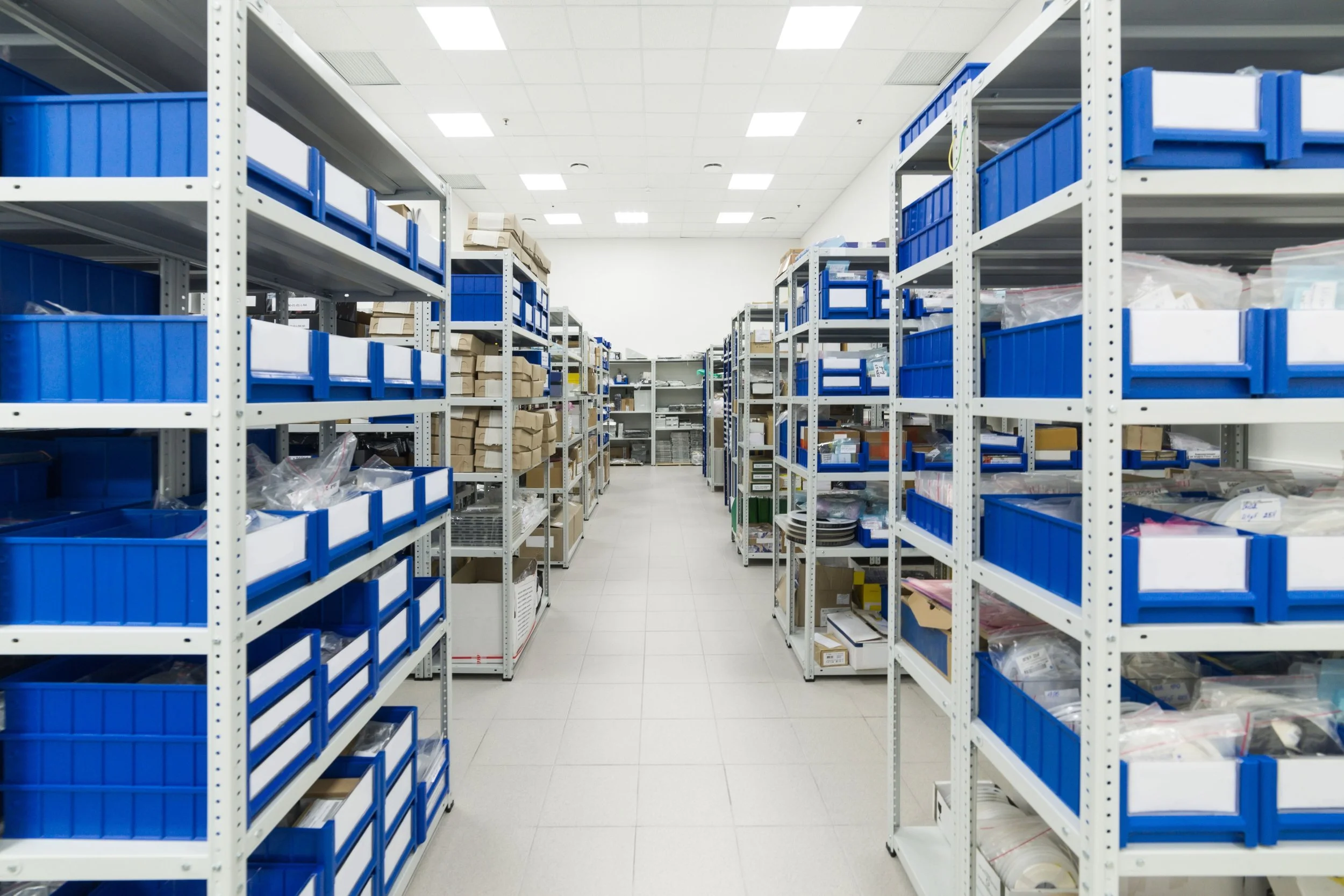-
Obsolescence occurs when a material, part, device, software, service, or process is no longer available from the original manufacturer or supplier. When these parts are required for the manufacturing or the support of a product or system, and existing stock is depleted, the results can be expensive to resolve. Left unchecked, obsolescence can cause a variety of costly issues to a product or system.
Obsolescence is inevitable and can happen at any time in a system’s life cycle.
COTS (Commercial off the Shelf) items are highly susceptible to obsolescence.
Obsolescence can also be referred to as DMSMS (Diminishing Manufacturing Sources and Material Shortages).
-
Obsolescence Management seeks to mitigate the impact to cost, schedule and performance of a system. Obsolescence Management seeks to proactively avoid obsolescence-related issues to the manufacturing or support of a product or system for the duration of its life cycle.
Essentially, obsolescence management is cost avoidance. If one compares the cost of a best-case scenario lifetime buy to a worst-case scenario redesign, there is a significant difference.
-
A notice is received ahead of a part discontinuance and a lifetime buy is initiated: Sufficient stock is purchased for the duration the obsolete part is required.
-
A purchaser contacts numerous sources attempting to buy a part and determines it has been discontinued, triggering an immediate redesign.
Production, maintenance and repair is affected or is stopped.
Engineering reworks the design to eliminate the obsolete part.
Engineering implements any required firmware/software changes to the product/system and/or test equipment.
Engineering completes testing to ensure the replacement operates as required in the redesign.
Engineering modifies the manufacturing, maintenance, and repair procedures to incorporate the changes.
WHAT WE DO
15 years of obsolescence management experience and counting
Mitigate your obsolescence risk
Utilize economy of scale
Waste less time sourcing obsolete parts
Experience with military and commercial customers
Contact with hundreds of manufacturers
Proprietary tracking database
Up to the minute alerts on part changes and discontinuances
ITAR and Controlled Goods experience













